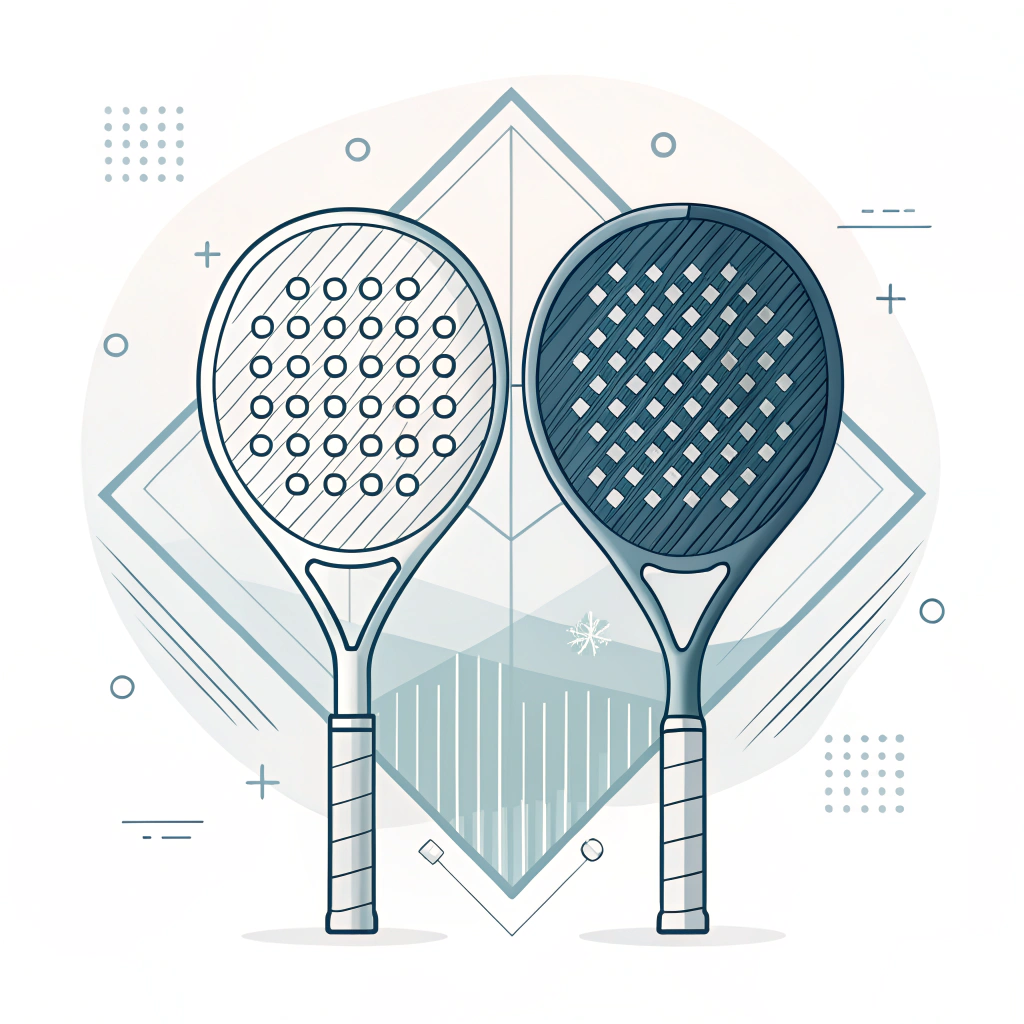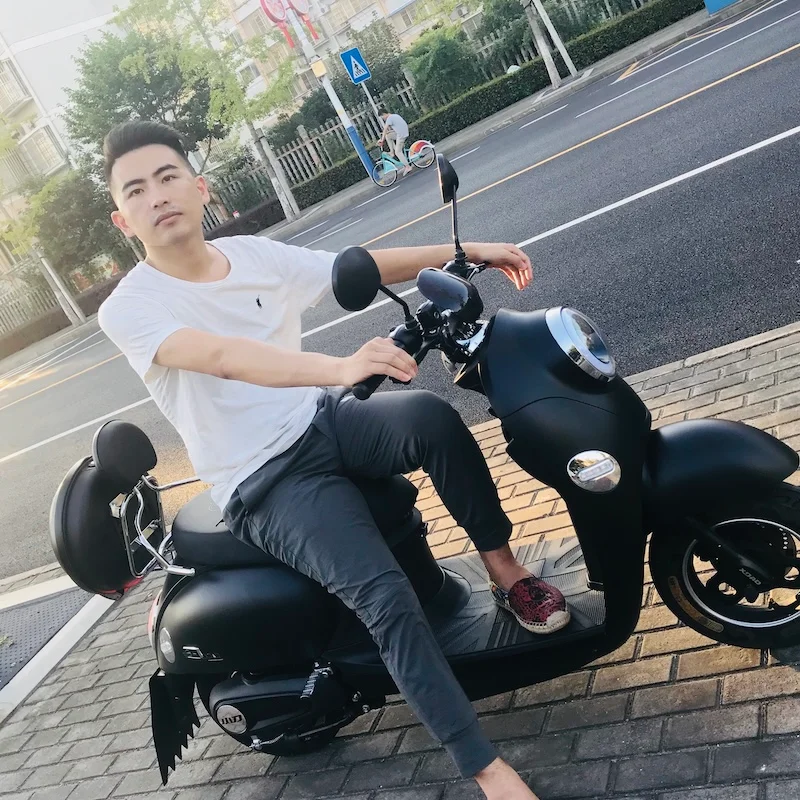The fastest answer is: A careful comparison of coating finishes for padel rackets shows that custom carbon fiber1 and glass fiber2 coatings differ in performance, cost, and aesthetics, and the optimal choice depends on your product’s design, durability needs, and production scale.
In today’s competitive sports equipment market, selecting the right coating finish for padel rackets is critical. With various finish options available, manufacturers and procurement specialists are evaluating each technology in terms of performance, longevity, and visual appeal. This article presents a detailed comparison of high-performance coating finishes for padel rackets, based on advanced production techniques and industry standards—as demonstrated by NEX Padel’s experience. We will examine the merits of coatings incorporating carbon fiber1 reinforcements (available in 3k, 12k, and 18k variants) versus those using glass fiber2 and other custom options.
Manufacturers today face a complex decision when choosing a coating finish for padel rackets. Coatings not only affect durability but also influence the racket’s look and performance. With end-users demanding both high-quality performance and striking aesthetics, procurement specialists must balance technical characteristics such as material composition, production technique, and cost-effectiveness. With the rise in custom designs and advanced finishes, a clear understanding of the available options becomes vital to meet market standards and customer expectations.
High-performance coatings rely on the use of advanced fibers to enhance strength and stability. At NEX Padel, the choice between glass fiber2 and carbon fiber1 (with variants such as 3k, 12k, and 18k) is critical:
-
Carbon Fiber Coatings:
Carbon fiber coatings offer superior stiffness and reduced weight, making them a favorite for high-end padel rackets. The different gradations—3k, 12k, and 18k—refer to the number of filaments in each tow. Lower count (3k) typically provides a smoother finish and lighter feel, while higher counts (12k and 18k) deliver increased strength and stability. -
Glass Fiber Coatings:
Glass fiber finishes, by contrast, maintain affordability while providing respectable durability. They are often chosen for products aimed at broader consumer markets where cost efficiency is paramount without sacrificing too much on performance.
Advancements in coating technology frequently involve specialized additives and newer production methods such as UV-cured3 and epoxy formulations4. These coatings offer:
-
Enhanced Surface Durability:
Advanced finishes ensure that the racket’s surface withstands friction, weather exposure, and impact forces. -
Customizability:
Modern coating techniques allow for extensive customization. Elements like custom printing, distinctive color schemes, and even logo embossing on hand grips or handle covers can be integrated seamlessly through these methods.
Beyond structural benefits, coating finishes also define the visual appeal of padel rackets. A high-quality finish not only looks premium but also translates into better consumer perception in competitive sports equipment markets. The right finish contributes to:
-
Vibrant Colors:
Custom coatings ensure deep, resilient color finishes that do not fade easily. -
Tactile Enhancements:
Finishes can be optimized for grip and feel, crucial for customer satisfaction especially among professional players.
For a deeper understanding, let’s compare the key coating finishes using a table that highlights various aspects:
| Coating Type | Material Basis | Key Benefits | Potential Limitations | Application Suitability |
|---|---|---|---|---|
| Carbon Fiber Coating (3k) | 3k Carbon fiber reinforcement | Smooth finish, lightweight, excellent aesthetics | May offer lower impact resistance compared to higher tow variants | High-end rackets emphasizing look and feel |
| Carbon Fiber Coating (12k/18k) | 12k/18k Carbon fiber reinforcement | Superior strength and rigidity, excellent performance stability | Heavier feel and higher production cost | Professional-level rackets needing top performance |
| Glass Fiber Coating | Reinforced glass fiber | Cost-effective, durable, easier to process | Lower stiffness and premium feel compared to carbon fiber | Mass-market or entry-level products |
| Custom Coating Options | Combination of proprietary formulas with customizable additives | Tailored aesthetics, optimized tactile response, broader color options | Complexity in quality control and increased lead time | Brands needing differentiation and custom designs |
This table allows procurement specialists to align their product needs with the appropriate finish type. The decision largely depends on whether the emphasis is on performance enhancement, cost control, or aesthetic customization.
When evaluating coating finishes, several production considerations come into play:
-
Rapid Prototyping5 and Production Turnaround:
One of the strengths of NEX Padel is its ability to perform quick samples (prototyping) and ensure timely delivery. This is crucial when testing new coating formulations or adjusting design modifications on the fly. -
Advanced Quality Monitoring:
High-performance coatings require rigorous quality control measures. NEX Padel’s expertise ensures that every batch—a mix of carbon and glass fiber coatings—meets strict standards. This includes testing for peel resistance, impact durability, and prolonged exposure to UV light. -
Customization Capabilities:
Manufacturers increasingly seek bespoke options, from shape customization to custom-printed designs and color matching. These options add value but require precision in production. As the industry moves toward more personalized sports equipment, relying on a manufacturer with a robust production system becomes advantageous. -
Environmental Stability and Longevity:
Coatings exposed to various weather conditions must maintain performance irrespective of temperature swings and UV exposure. Technological improvements have enabled finishes that meet strict industry guidelines on performance durability over time.
Deciding on a coating finish naturally includes an evaluation of cost versus performance. While carbon fiber coatings (especially those with higher tow counts) may incur higher production costs, the long-term benefits—such as extended racket lifespan and improved performance metrics—justify the investment. Conversely, glass fiber and other mass-market finishes may present lower upfront costs and are ideal for products targeting general consumers.
A simplified cost-benefit analysis can be outlined in the following table:
| Criteria | Carbon Fiber (High Tow) | Glass Fiber | Custom Solutions |
|---|---|---|---|
| Initial Production Cost | High | Moderate | Variable (depends on customization) |
| Durability | Excellent | Good | Tailored to use-case |
| Weight and Performance | Exceptionally light & rigid | Moderate | Optimized through design tuning |
| Aesthetic Value | Premium and modern finish | Traditional finish | Unique and brand-specific |
| Customization Flexibility | Limited to material properties | Moderate | High |
This analysis reinforces the importance of aligning production priorities with the business model. When quality is paramount, investing in premium coatings can yield substantial long-term value.
Consider a scenario where a sports equipment company is designing a new line of professional padel rackets aimed at elite athletes. The decision-making process might involve:
- Starting with customer feedback emphasizing both high performance and striking design.
- Evaluating carbon fiber finishes with higher tow counts (12k/18k) for their superior strength and precision.
- Complementing the performance advantage with custom applications like color matching and logo placements to reinforce brand equity.
In this case, the additional upfront cost is offset by enhanced product performance and a premium market positioning. Procurement specialists can ensure that the selected coating finish delivers optimal performance without compromising on visual appeal—a key competitive edge in the sports equipment market.
Conversely, for products targeting entry-level consumers, the focus might shift toward cost-effective yet durable glass fiber coatings. These options provide reliable performance and abundant room for customization in color and finish without incurring the higher costs of premium materials.
-
Understand Your Performance Requirements:
Assess whether your primary focus is on high-performance metrics (e.g., rigidity, impact resistance) or if cost-effectiveness better serves your market segment. This decision is critical in choosing between carbon fiber and glass fiber finishes. -
Evaluate Customization Needs:
Factor in the need for customized designs, such as unique printing or color schemes. Custom coating solutions can drive product differentiation, appealing to niche markets and elevating brand perception. -
Leverage Manufacturer Expertise:
Collaborate with experienced partners like NEX Padel, known for quick prototyping and strict quality control, as well as advanced production techniques. Their in-depth understanding of coating finishes ensures production consistency and superior product outcomes. -
Consider the Lifecycle Cost Benefits:
While premium coatings might have a higher initial cost, their extended durability and performance improvements could reduce long-term operational costs and warranty claims. -
Monitor Industry Trends:
Keep abreast of technological advancements in coating applications to stay competitive. Innovations in UV-cured and epoxy-based formulations continually redefine the performance and aesthetics achievable in padel rackets.
By taking a methodical and informed approach, procurement specialists and product development managers can confidently select a coating finish that maximizes both product performance and market appeal.
People Also Ask
Q: What are the main coating technologies for padel racket surfaces?
A: Padel racket coating technologies include advanced carbon fiber finishes (with varying tow counts), glass fiber options, and custom solutions that integrate specialized additives for enhanced durability and aesthetics.
Q: How do different finish options affect padel racket durability?
A: Different finishes impact durability by influencing factors such as impact resistance, weight, and surface wear. Premium carbon fiber coatings, for example, offer superior rigidity and resistance, while glass fiber finishes provide a cost-effective solution with solid performance for broader consumer segments.
Q: Which coating technology is best for custom padel racket production?
A: The best choice depends on your product goals. For high-end, custom designs where performance and aesthetics are crucial, carbon fiber finishes with higher tow counts (12k/18k) are ideal. For mass-market products, glass fiber coatings provide balanced performance with greater cost efficiency.
-
Carbon Fiber: Click to learn about the composition, production, and performance benefits of carbon fiber reinforcements in sports equipment manufacturing. Back to term ↩ ↩2 ↩3
-
Glass Fiber: Click to explore the properties of glass fiber coatings, including cost-effectiveness, durability, and typical applications in mass-market products. Back to term ↩ ↩2 ↩3
-
UV-cured: Click to understand how UV-cured coatings work, their advantages in rapid curing times, and their role in modern production techniques. Back to term ↩
-
Epoxy Formulations: Click to dive into epoxy formulations, detailing their chemical properties, application methods, and benefits in achieving high durability finishes. Back to term ↩
-
Rapid Prototyping: Click to learn how rapid prototyping accelerates product development cycles and enhances quality control in manufacturing processes. Back to term ↩







